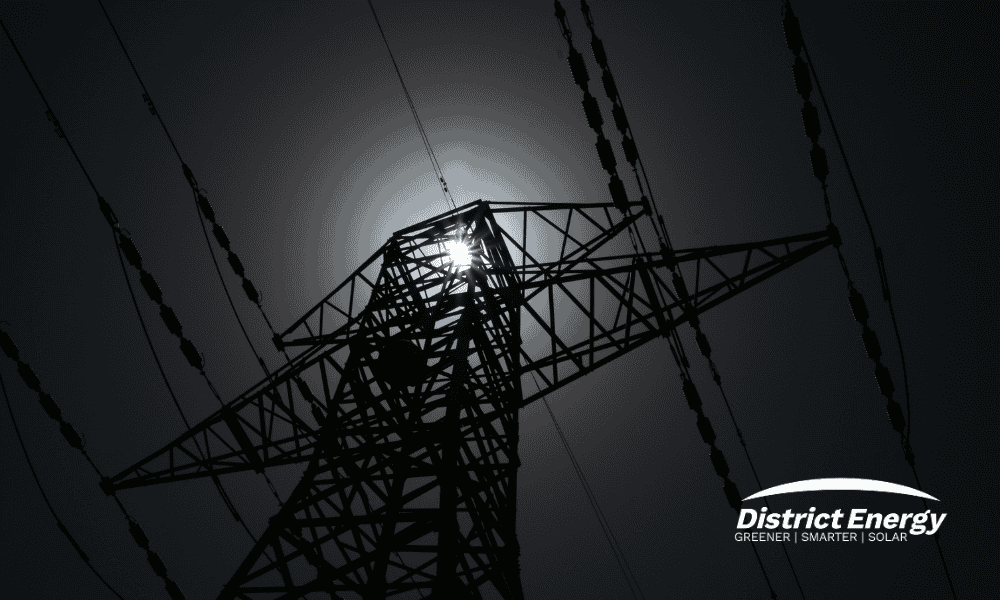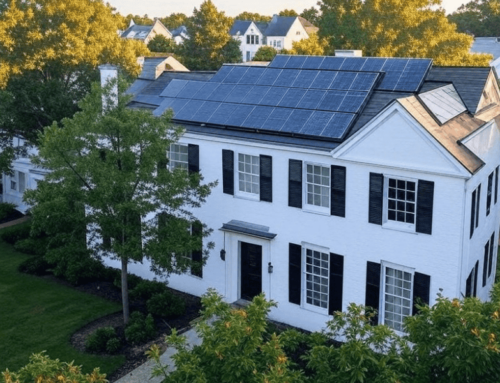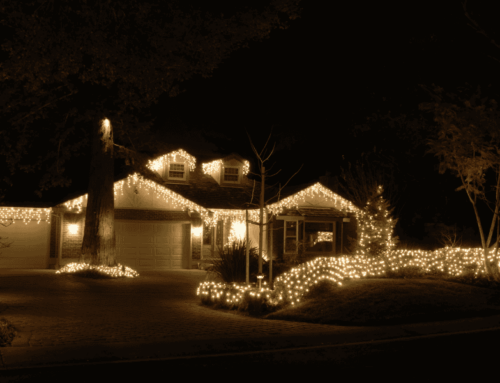Recent infrastructure assessments have revealed concerning vulnerabilities in DC’s power grid system. The 2024 District Infrastructure Report highlights significant challenges with aging power lines, outdated transformers, and increasing strain on electrical systems throughout the city. For DC residents, these findings suggest a growing risk of power disruptions and continued rate increases to fund necessary improvements.
The report’s findings paint a troubling picture of our city’s electrical infrastructure. Many of DC’s primary power distribution lines are approaching or exceeding their intended service life, with some components dating back to the 1950s. This aging infrastructure, combined with increasing power demands from new development and electrification efforts, creates significant reliability risks for District residents.
Power outage data tells a compelling story. DC neighborhoods experienced 27% more outages in 2024 compared to 2020, with average outage duration increasing from 2.1 to 3.4 hours. These disruptions affect both residential and commercial customers, with particularly significant impacts in historic districts where infrastructure upgrades face additional complications.
The costs of grid modernization are staggering. Utility companies estimate that necessary upgrades will require investments exceeding $2.5 billion over the next decade. These costs will inevitably be passed to consumers through higher rates and infrastructure fees, adding to already rising energy expenses for DC residents.
Climate change adds another layer of complexity to grid reliability concerns. Increased frequency of severe weather events puts additional strain on aging infrastructure. Last summer’s heat waves pushed power demand to record levels, resulting in several neighborhood-level outages during critical cooling periods.
Solar power with battery storage offers DC residents a proven solution to these challenges. Modern solar installations provide independence from grid reliability issues while protecting against rising utility costs. Battery backup systems ensure continuous power during outages, maintaining essential services and comfort regardless of grid conditions.
Real-world examples demonstrate the effectiveness of solar solutions. During last August’s extended outage in Capitol Hill, solar homes with battery storage maintained power for essential services, including air conditioning and refrigeration. These systems proved particularly valuable for families with medical equipment and home offices requiring consistent power.
The financial benefits of solar extend beyond reliability. DC’s strong SREC market and federal tax incentives make solar installation particularly attractive. Many homeowners find that the combination of avoided utility costs and SREC income covers their solar investment within 5-7 years, while providing energy security for decades.
Local policies support and encourage solar adoption. DC’s commitment to 100% renewable energy by 2032 has created strong incentives for residential solar installation. These incentives, combined with growing reliability concerns, make solar an increasingly important consideration for District homeowners.
Looking ahead, grid reliability issues are likely to persist even as infrastructure improvements are made. The combination of aging systems, increasing demand, and climate impacts creates ongoing challenges for traditional power distribution. Solar with battery storage provides immediate protection against these issues while contributing to long-term solutions.
Don’t wait for the next outage to think about energy independence. Contact District Energy today to learn how solar with battery storage can protect your home. Get your free no obligation quote here and start saving!







